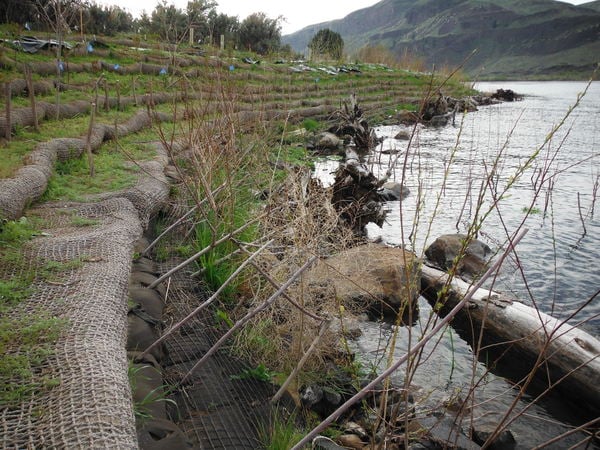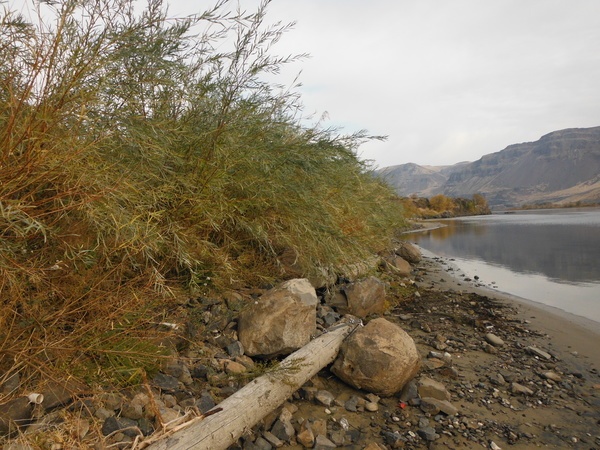
For almost every shoreline recreation facility we have completed, the reviewing agencies have required mitigation for the impacts as part of the permit approval process. Many of these projects are located in harsh climates with unrelenting heat, fluctuating reservoir levels, and high winds during the growing season. Permits normally require plant monitoring and replacement to meet specific survivability ratios, which is no easy task in harsh climates.
In my experience, there are three keys to providing successful mitigation in these areas.
Key #1: Hire the Right Consultant Team
To start off with, you must hire a consulting team that understands the unique environments that you will be subject to and the mitigation techniques the agencies will approve. This typically requires a team of biologists, landscape architects, and engineers with experience in your particular region to ensure success. Understanding the reservoir dynamics, microclimates, and native plant communities will make it easier to meet the permit requirements and provide the restoration and habitat development that the agencies will require.
Key #2: Hire the Right Contractor
Hiring the right contractor is also key in this process. Many times public projects are open bids allowing almost any contractor with the basic qualifications and equipment to bid on the project. However, recreation projects (and the mitigation measures typically required) are unique and require contractors who are one the same page with the permitting agencies and have proven experience in similar construction and planting practices.
The contract technical documents and permits need to be developed to ensure that the contractors reviewing the bid documents clearly understand the requirements, what type of equipment and materials they will need to provide, and the site constraints. If the contracts documents and permits are clear, this typically weeds out the contractors who are not qualified during the bidding process.

Key #3: Choose Wisely Who Will Monitor and Manage the Mitigation
Monitoring will be required as part of the permit approval. During the project development stage, it pays to be honest with yourself and ask, “Does our operations staff have the time, experience, and equipment to monitor and manage the mitigation areas during the plant establishment period? Or would it be better to contract this portion of the work out to the contractor?”
I feel it can be done both ways successfully. Just remember that keeping the plants alive and meeting the survivability ratios is as important (if not more so) than the installation. Plant monitoring and management will take time and resources. Your consultant team will need to provide you with a monitoring and management plan so that the steps to maintain the success ratios and meet the agency expectations can be evaluated up front, allowing you to make sound decisions on who will provide these services.
Conclusion
These steps are critical for all mitigation work, but especially in harsh environments where the growing season is short and there are a lot of variables to deal with when it comes to meeting the permit requirements.
We hope that this information will remind you to ask three key questions when embarking on your next project. 1) Do we have the right consulting team? 2) Can we identify contractors who understand mitigation construction and installation? 3) How do we want to approach the monitoring and maintenance of the mitigation areas? If you can answer these questions, you will have a successful project.
How successful has your mitigation been in harsh climates? Are there other suggestions you would add to this list? Please leave a comment and let me know.

